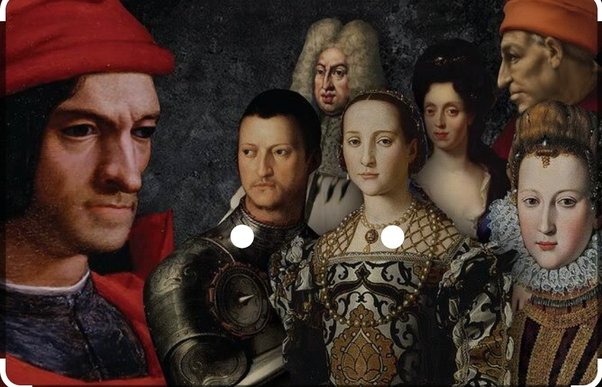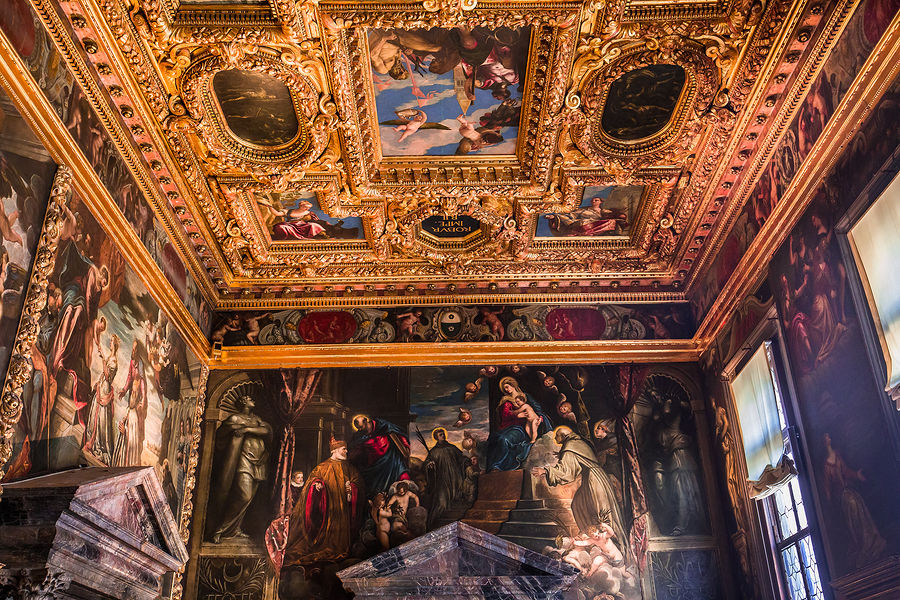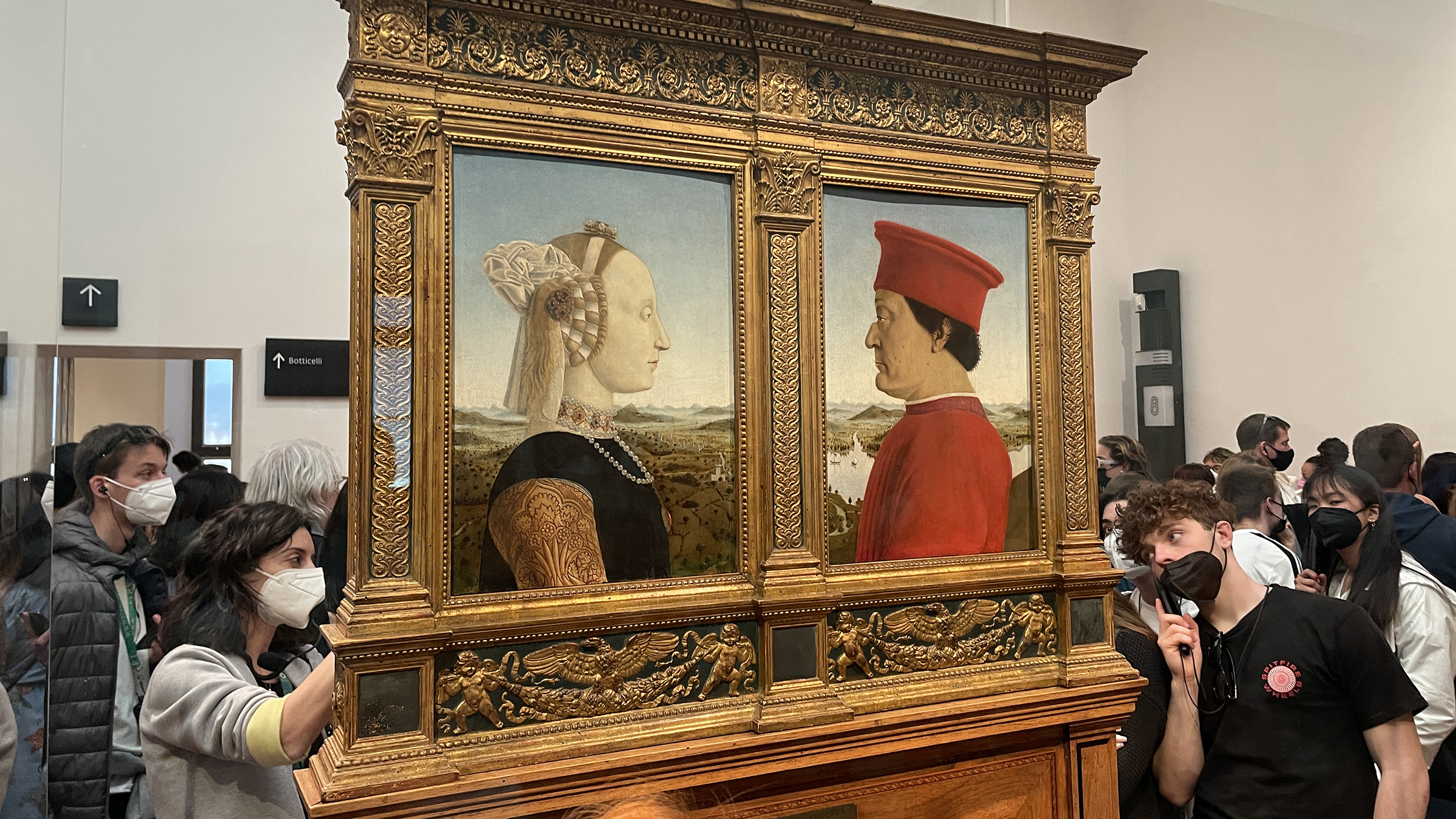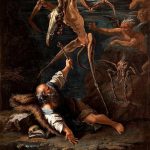The pairing of wealth and art has produced enormous effect on the growth of art throughout history. It converted several cities into cultural centers around the world. Wealthy patrons as well as notable figures have performed major functions in this phase of change. Their support has not only encouraged artistic invention but additionally generated artistic trends and legacies. The Renaissance is a perfect example. During this particular era, the Medici family of Florence catapulted artists like Michelangelo and Leonardo da Vinci to surpass all expectations. This piece seeks to investigate the complex link between patronage, power, and the establishment of a city’s art history. These financial backing’s investments have made a permanent mark on the world of art.

The Medici’s Funding and the Renaissance
The Renaissance era is an ongoing testimony to the potency of patronage, with the Medici family of Florence at its highest peak. This major banking dynasty used their financial resources to help sustain a renaissance in art and culture, supporting the careers of legendary luminaries like Michelangelo and Leonardo da Vinci. Their contributions went beyond financial assistance, representing a strategic partnership of art and power intended to engrave their legacy through the majesty of artistic creativity.
Venetian Patronage and the Creation of Cultural Identity
Venice, with its widely recognized canals and luxurious palaces, is yet another instance of a system of patronage that flourished. Esteemed families, desperate to showcase their financial wealth and superior taste, hired artists to beautify their Veniers and Barbarigos, artists like Titian and Tintoretto received not only economic backing but also creative freedom, and their search for artistic distinction played an important part in creating Venice’s unique cultural identity.
The church’s Patronage and the Consolidation of Power
church in Rome assessed the boundless possibilities of art as a form of religious expression and political control. The church’s leaders, notably popes and cardinals, rose to prominence as supporters, controlling the building of incredible works of art designed to convey the church’s grandeur and spiritual message. The famous structures and artworks of this era, such as Bernini’s sculptures and Michelangelo’s frescoes, demonstrate the church’s vital position in utilizing art to express its dominance throughout Europe.
Modern Art Sponsorship: Facilitating Accessibility and Preservation
In the contemporary period, the patronage model has developed, with companies and charity organizations taking on duties that were once held by individuals. These modern supporters assist a wide range of arts initiatives, from museums and exhibits to public art projects, and so perform a crucial component in shaping cities’ cultural landscapes. The Guggenheim Museums, funded by the Solomon R. Guggenheim Foundation’s fundraising efforts, are outstanding instances of how modern art patronage strives to promote art accessibility and preservation.
the Impact of Patronage on Art and Creativity
Despite the evident advantages of sponsorship in developing artistic actions, it is not without criticism. Some say that the impact of money and power might limit the creative narrative to catch the elite’s tastes and interests, ultimately marginalizing varied voices and expressions. Nonetheless, the patronage system has permitted the production, celebration, and preservation of several masterpieces that contribute to our world legacy.
The Enduring Legacy of Patronage in Art and Culture
The intersection of patronage, money, and art presents a varied story of human striving for betterment. While the repercussions of this interaction are still being debated, patronage has left an indelible historical and cultural legacy. Cities decorated with outstanding artworks and monuments serve as permanent testimonies to their sponsors’ legacies – testaments to the significant influence of their arts investment.

In essence, patron tales are inextricably linked to the history of art. Cities’ creative legacies tell the history of not just the artists but also their funders. The patronage system, which is very intricate, has left an indelible stamp on history’s canvas. It shows a truth: behind every famous artist is generally a wealthy patron. This complicated interplay between art and money shapes the cultural landscapes of cities across the world. Patrons’ influence, despite occasionally disputable, certainly contributed to the creation of masterpieces. These artworks tell stories about history, power, and beauty. Thus, the art world owes a lot to its backers. Their legacy is a vast collection of artwork that enhances our world. Art transcends time thanks to their backing, providing insights into previous times as well as outlook on the future.







